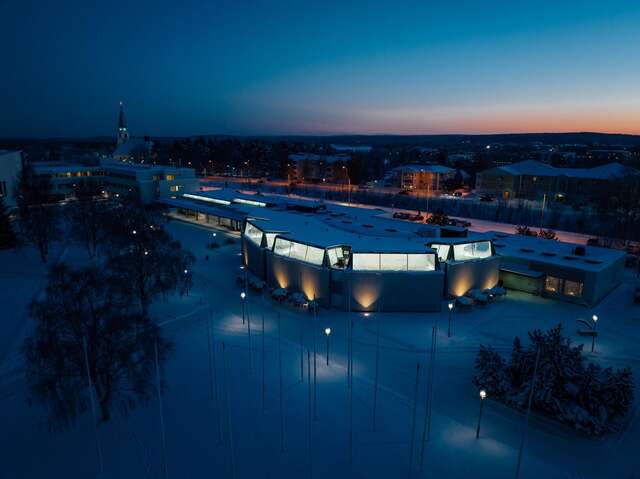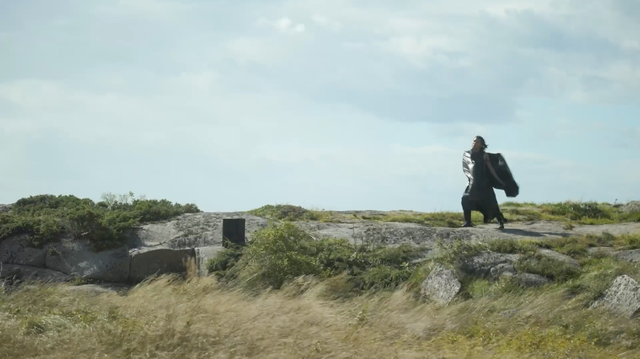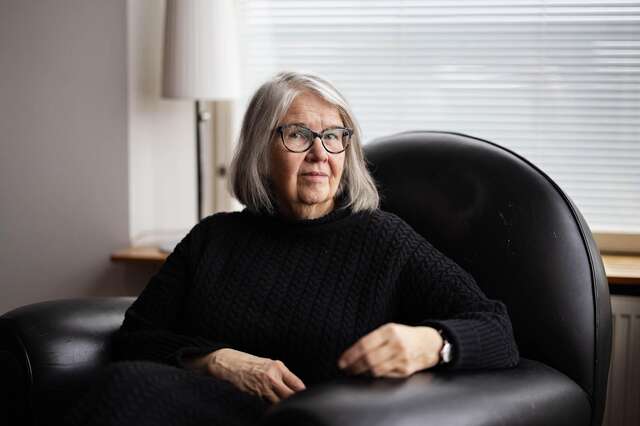Finnish Architects in the Spotlight: MUUAN

MUUAN
The spirng's second spotlight will shine on a design agency that emphasises a holistic approach and future-oriented thinking. MUUAN believes in architecture's potential to create well-being and in the architect's ability to promote sustainable building.
Founded ten years ago, MUUAN is based in Helsinki but operates extensively throughout Finland. The office, winner of numerous competitions, employs architects, urban designers, service designers, concept designers, brand builders and interior architects. The broad scope gives a comprehensive approach to the design process.
"We approach architecture with passion and determination, focusing on adding value every step of the way," says architect Aleksi Rastas, CEO and founding partner at MUUAN. "We constantly study the changes and developments in society to create buildings and cities that meet the needs of tomorrow – and the day after that."
For MUUAN, architecture is based on life and activity, around which walls, buildings and environments are shaped. "Our projects start with an analysis of what we are actually doing. We see buildings not just as physical structures, but rather as opportunities to create environments that support and promote human activity and well-being," says Rastas.

"Imagining life in and between buildings is our core mission. We illustrate and tell the story with diagrams, concepts and plans," says Tiina Antinoja, MUUAN's founding partner, architect and housing expert. "Instead of walls and houses, we are more interested in what happens between them," sums up Rastas. Successful design therefore requires both imagination and the ability to translate it all into reality.
When constructing new, MUUAN invests in the future. "We want to create a built environment that not only serves the present but also the future," says Rastas. For the office, a successful building is sustainable, flexible and promotes wellbeing. "And it looks good even in the worst weather," adds Antinoja.

MUUAN's repertoire covers both designing buildings, spaces and areas and carrying out studies and assessments on them. The versatility of the office is reflected in the scope of its background work and its cooperation networks: for instance, the expertise of urban sociologists, circular economy experts, and cultural anthropologists is relied upon for different assessments. "We have been involved in creating site-specific real estate development strategies, formulating guidelines for campus development, studying district-specific commercial development potentials, preparing vitality studies for city centres and studying housing in 2100," the office explains.
In addition to new buildings and research, MUUAN realises renovation projects. "The most ecological product is the one that is not manufactured," says Laura Vara, architect and circular economy expert. "Architecture should increasingly move towards exploring the built environment as a material bank, respecting the buildings and building components that have already been made." This means both continuous maintenance, upkeep and renovation, and the use of building components elsewhere, Vara adds. " A multi-layered built environment is a richness, and seeing different eras enhances our understanding of our own history."
The office agrees that in the future we need to reduce new construction and focus on maintaining the existing. "It is short-sighted to demolish buildings for reasons such as building services capacity: the potential life cycle of a building is much longer than the building maintenance technology. Even if you leave only the frame of a building, repairing it leaves a smaller carbon footprint than building a new one," says Vara. "The built environment is the story of our past and a mirror to our future. When we consider demolition or rebuilding, we need to look at what we are losing and what we are gaining," continues Rastas.

As construction habits and practices slowly change, the role of the designer is also at the heart of the shift. Architects need to understand the impact of technology, ecology, social issues and cultural values on the design process, says Rastas. A broad approach is also the key to solving a wide range of challenges, he says. "Our role as designers is therefore not only to create aesthetics and functionality, but also to promote sustainability and social justice."
Describing itself as future-oriented, the office maintains both optimism and self-reflection in their thinking about their field. "The future of architecture lies in soft values, protecting biodiversity, fostering a sustainable built environment and promoting human well-being," says Antinoja. Future innovations will be accompanied by the stories of past generations. "Every site and building carries with it layers of time, people and events that have shaped them. By nurturing these elements, we create continuity and a link between the past, the present and the future," Rastas reminds us.
Read more about MUUAN's work on their site through this link.
Finnish Architects in the Spotlight invites architects or architectural practices to share their values and design principles through images and short texts. See MUUAN's photo series on Instagram through this link.
All posts featured in the Finnish Architects in the Spotlight series can be found on Instagram by using the tag #FinArchSpotlight and all articles through this link.


